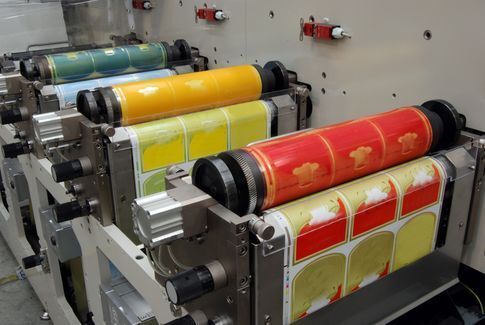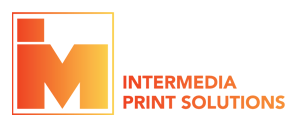February 20, 2023

Printing technology has come a long way since it was introduced to society long ago. From woodblock to offset, and now to 3D printing, there’s no doubt that the development continuously improves and serves convenience to the packaging industry. These days, old methods like flexographic printing are revisited and enhanced as these technologies evolve. In this article, know about the uses of flexographic printing in modern times.
What is Flexographic Printing?
Flexographic printing is a printing technique that supports a flexible printing plate. The plates are wrapped around cylinders attached to a web press for printing a graphic or text onto a surface. These plates then spin at high speeds to apply the ink flowing through small holes onto the desired surface.
What Are the Advantages of Flexographic Printing?
Every printing strategy is beneficial depending on what you want to accomplish for your business. But to fully appreciate flexo, you’ll need to understand how it’s better than other types of printing. Here’s a look at some of the perks you can gain by opting for flexographic printing solutions.
1. Versatile
With flexographic printing, you can print onto nearly every type of flexible substrate material. Common examples include cellophane, metallic films, plastics, and many more. As such, it becomes ideal for making product labels and product packaging.
2. Low production cost
Since the only high cost of flexographic printing is the plates used to print, it’s a more cost-efficient way to make labels and other products. In most cases, you’ll also be printing in bulk, generating less waste and more revenue for your business.
3. Eco-sustainable
Flexographic printing offers high-quality results even when printing on recycled materials. Optimize your press to cater to more unique substrates that use fewer plastics during production.
4. Low maintenance cost
The printing plates used in flexographic printing are highly durable. As such, they rarely need to be replaced unless there is a change to the design. Since these plates are simple enough to set up and operate, maintenance routines aren't as complex.
5. Easy to manage
Flexographic printing eliminates additional printing work and costs since the entire process is completed in a single pass. Rather than switching the media from one machine to another, the printing process covers laminating, varnishing, die cutting, and more.
6. Minimal waste
If you’re looking for more sustainable outputs, flexographic printing allows foreco-friendly processes that help minimize waste. Pair them with other environmentally safe materials that reduce your carbon footprint while maintaining their quality.
What is Flexographic Printing Used For?
Flexographic printing is ideal for brands that print on various surfaces to meet different demands. Here are some examples of what can be produced with flexographic printing.
1. Pharmaceutical
In the pharmaceutical industry, flexographic printing offers packaging measures for consumer safety. In addition to labels, flexographic printing produces blister packaging adhesives for medication packaging. It allows the products to remain fresh and free of contamination from moisture and air.
2. Food and beverage
Flexographic printing is commonly used to print food labels for craft beer and wine. But one can also extend its use to producing wrappers and bags for seasonal products that give the final product more shelf appeal. Flexo is also used to print milk cartons
3. Wrapping paper
Apart from food packaging, flexographic printing caters to making wrapping papers in various designs, shapes, and sizes. They’re made as part of a product or something separate, adding a more personal touch to your brand. The printing capabilities of flexographic printing address the demands of the consumer industry, especially paper towels and tissue manufacturing.
4. Paper towels and napkins
Many consumers demand visually appealing products that match their aesthetics and needs. With flexographic printing, you can easily create elaborate designs that turn something as simple as paper towels and napkins into something more fun and appealing.
5. Embossed products
Embossing is a common method luxury brands use to stand out from common products on the shelf. With flexographic printing, easily boost your label-making into a 3D centerpiece that’ll catch your audience’s attention.
6. Wallpaper
Given the size of a flexographic printer, it is easy to mass-produce large products such as wallpaper d. You can customize other aspects of your print, such as its texture, shape, and design. And flexo is used to print corrugated shipping boxes
Revolutionize Your Business with Flexographic Printing Solutions
Printing technology has come a long way as traditional methods evolve and develop. While each strategy offers a variety of advantages, flexographic printing solutions are the most versatile in terms of their application and uses. Not only can you gain high-quality graphics and text printed, but you can also do so quickly and cost-effectively.
As you expand your business, you must look for ways to improve your operations and meet growing demands. Learn how flexographic printing helps you through these common printing challenges by reaching out to Intermedia Print Solutions’ team of experts today.


